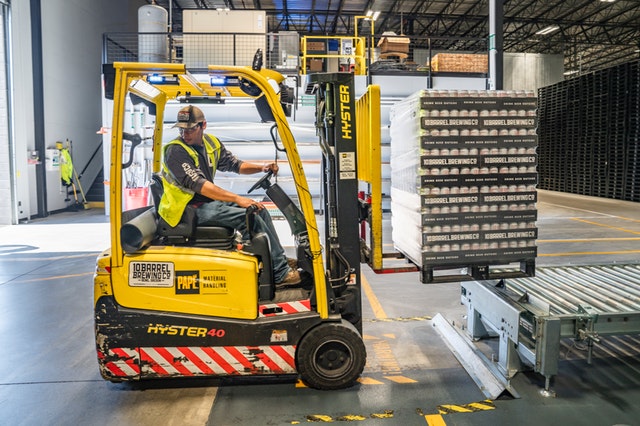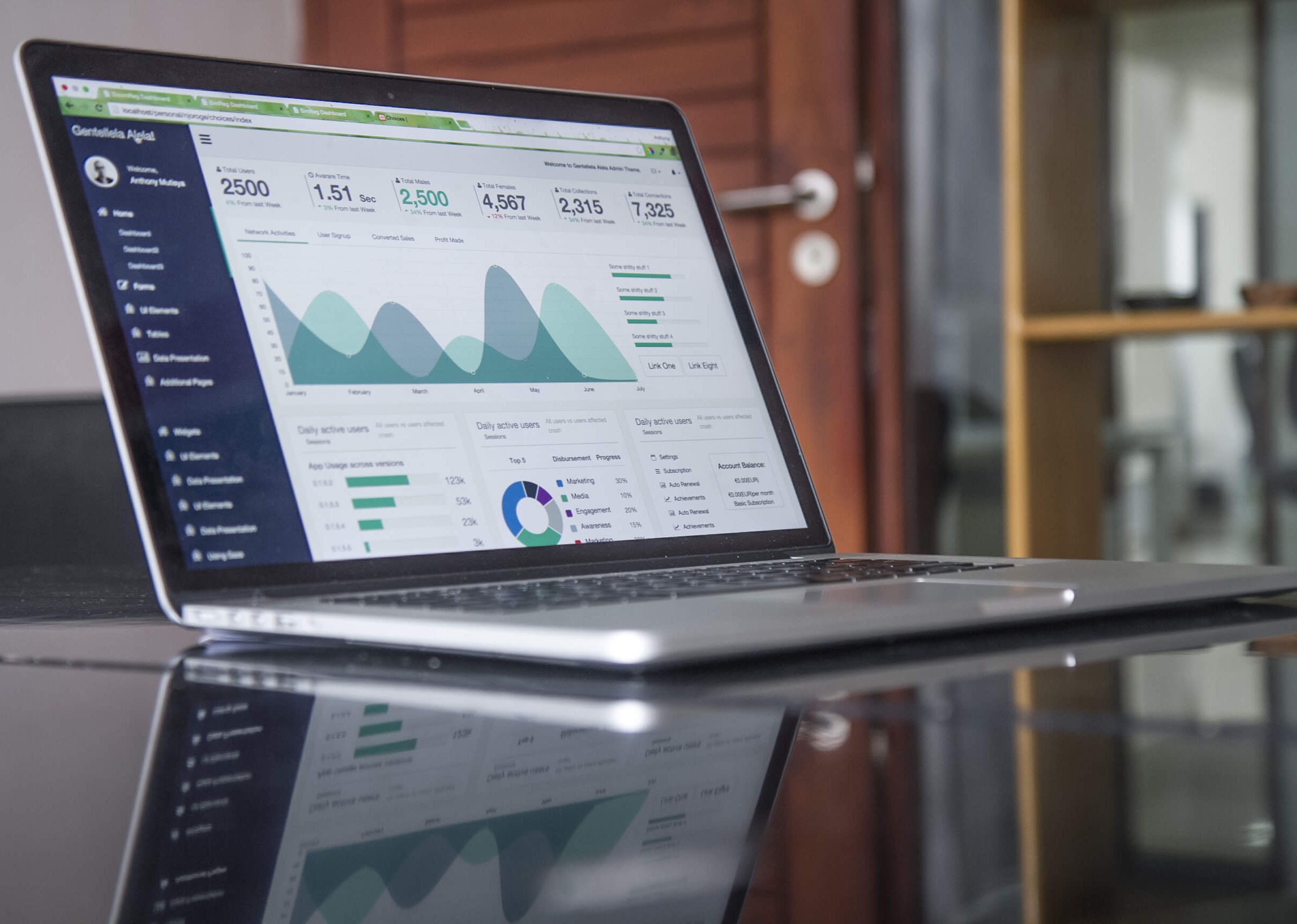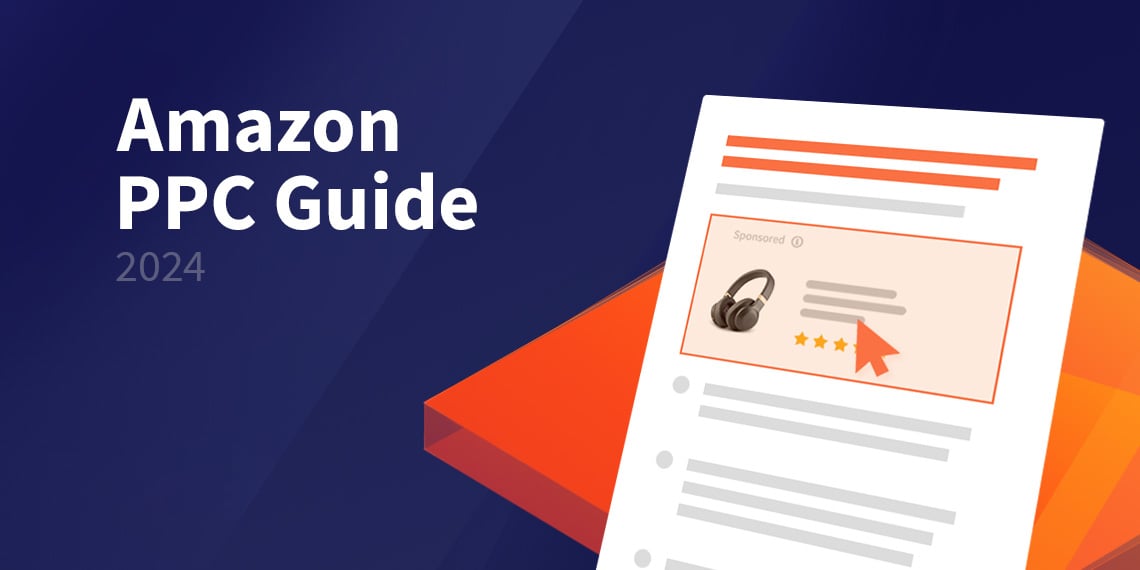Amazon Vendor Central - Boost your production
Hardly any online retailer nowadays can avoid Amazon when it comes to selling its goods. The giant is not only number 1 in e-commerce with its own products and unbeatable customer satisfaction - with 44 million regular users, it is also the Germany' first port of call for almost all online purchases.
Amazon offers the outstanding advantage of extreme reach and almost endless data collections, which are used to evaluate users buying behavior and put the desired product in front of the customer's nose at the right time.
As an online retailer, it can only be an advantage if you decide to offer your products through Amazon. Amazon offers different platforms with different advantages you should be well informed about. The platforms are tailored to different wishes and needs and can generate extreme sales - if you choose the platform that suits you best.
What is an Amazon Vendor?
One of the most successful platforms we will introduce to you here is the Amazon Vendor Central. If you want to sell your merchandise as an Amazon Vendor, you are a so-called first-party seller to Amazon. This means that you sell your products in large quantities to Amazon and therefore act as a supplier for Amazon.
The advantage is clear: Amazon buys your goods and takes over the resale, advertising and customer processing. This means that you no longer have to spend any effort regarding this and can concentrate fully on the production of your products. However, you are dependent on Amazon buying your products. Your own brand is no longer front and centre in this process. So if it's enough for you to only sell your products instead of making your brand famous, trading as an Amazon Vendor is an extremely convenient and secure way to generate your sales.
How can I become a Vendor at Amazon? The Invitation Process
One sticking point to get into Amazon as a vendor is that it is only done by invitation. And this is not easy to get, especially since this function is reserved for well-known brands or large manufactories.
In order to become a vendor, you have to produce enough products to be categorized as a wholesaler and to convince Amazon of your company. To do this, you must contact Amazon and send them your prices and product overviews. Amazon compares these overviews with the competition and then evaluates them. If you are rated as suitable, Amazon will send you an appropriate offer and conditions under which you will be authorized as a vendor.
If you agree, you will receive your seller account on Amazon Vendor Central and can now benefit from the advantages of the Amazon Vendor Program.
Manage products through Amazon Vendor Central
Once you gain access to Vendor Central, you have about a month to upload your product details before Amazon processes this data and places your first order with you. Once your merchandise is available at Amazon and their staff have created the appropriate product detail pages, sales begin. The prices are set by Amazon itself, and as a vendor you no longer have to worry about shipping or customer contact. As a vendor, you have exclusive access to Amazon's advertising channels such as Sponsored Products, Sponsored Brands (form. Headline Search Ads) and Product Display Ads - all data-driven advertising formats that can be placed via Amazon and boost the sale of your products. You don't have these possibilities in such dimensions on any other platform.
Vendor or Seller - Which suits me better?
If you have the option to choose between the Amazon Vendor Platform or the Seller Central, it is advisable to deal with both equally. The advantage for wholesalers with Vendor Central is certainly that high sales volumes are achieved and they don't have to deal with the logistics of high shipping volumes.
In return, price regulation or the modification of products is much less flexible than with Seller Central. In addition, you are strongly tied to Amazon and depend on its queries.
Your business relationship runs exclusively through Amazon, which means less effort, but also less customer feedback, so you cannot establish contact with your actual customers after the sale. As a user of Seller Central you still have the possibility to decide if you want to hand over the shipping and customer management to Amazon or if you prefer to do it by yourself.
Of course, trust in vendor products sent and sold via Amazon is usually higher, but as an online retailer you can always track and optimize your profile and the ranking of your products via Seller Central and with a good partner - a tool that Vendor Central only offers you for a fee. An exact comparison of the advantages and disadvantages is therefore essential in order to make an individual decision.
Your Amazon Vendor Manager - friend and challenge at the same time
As a vendor, you can achieve immense sales at Amazon. However, you need to maintain a good relationship with Amazon Vendor, who is primarily focused on profitability - the higher your sales, the more attention they give you.
Therefore, if you support your sales through advertising, it will certainly have a positive effect on your vendor manager. You can achieve this by proactively boosting your sales, but also by reliable communication and support from your managers.
The easier you make the business relationship with him and support your profitability, the more likely he will take care of you and list further products from you.





